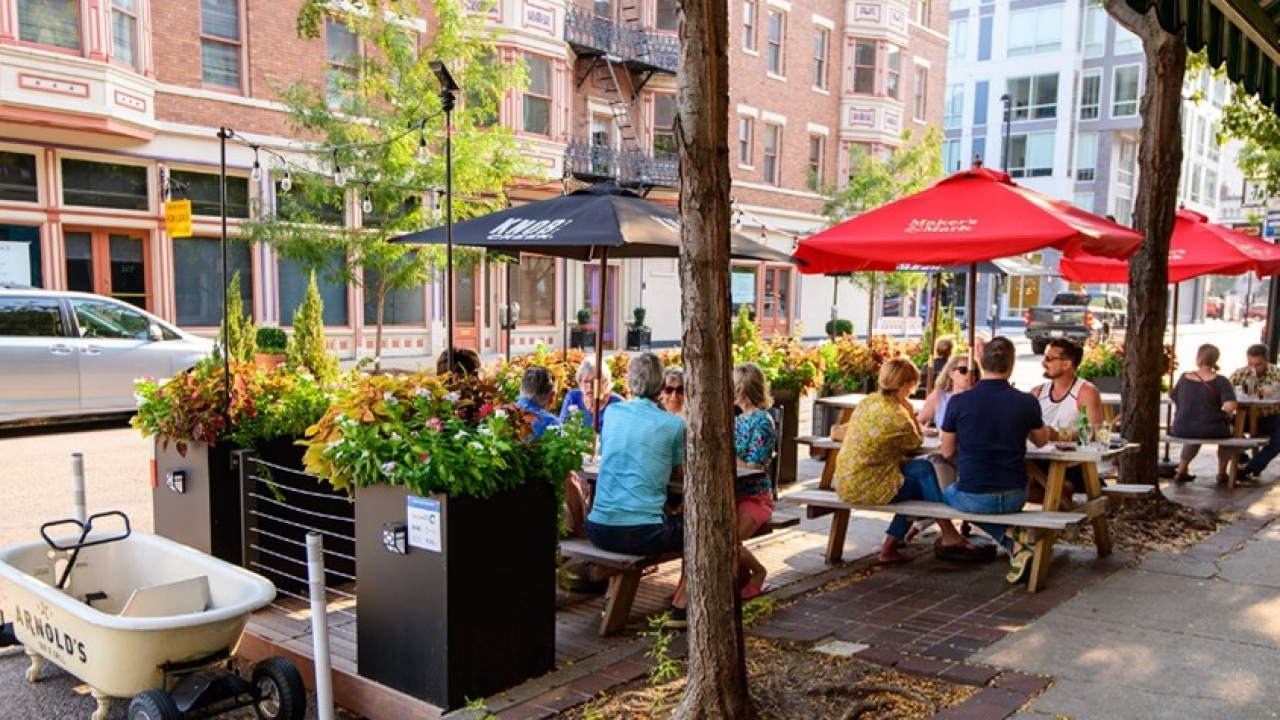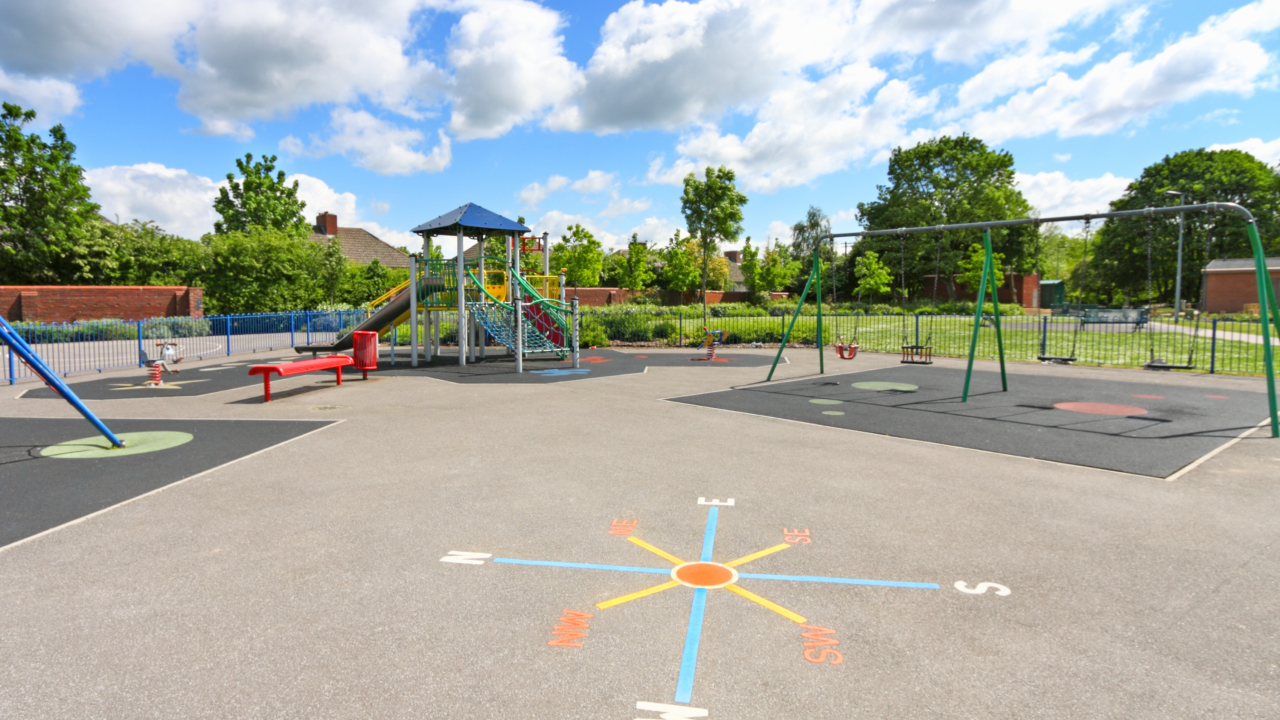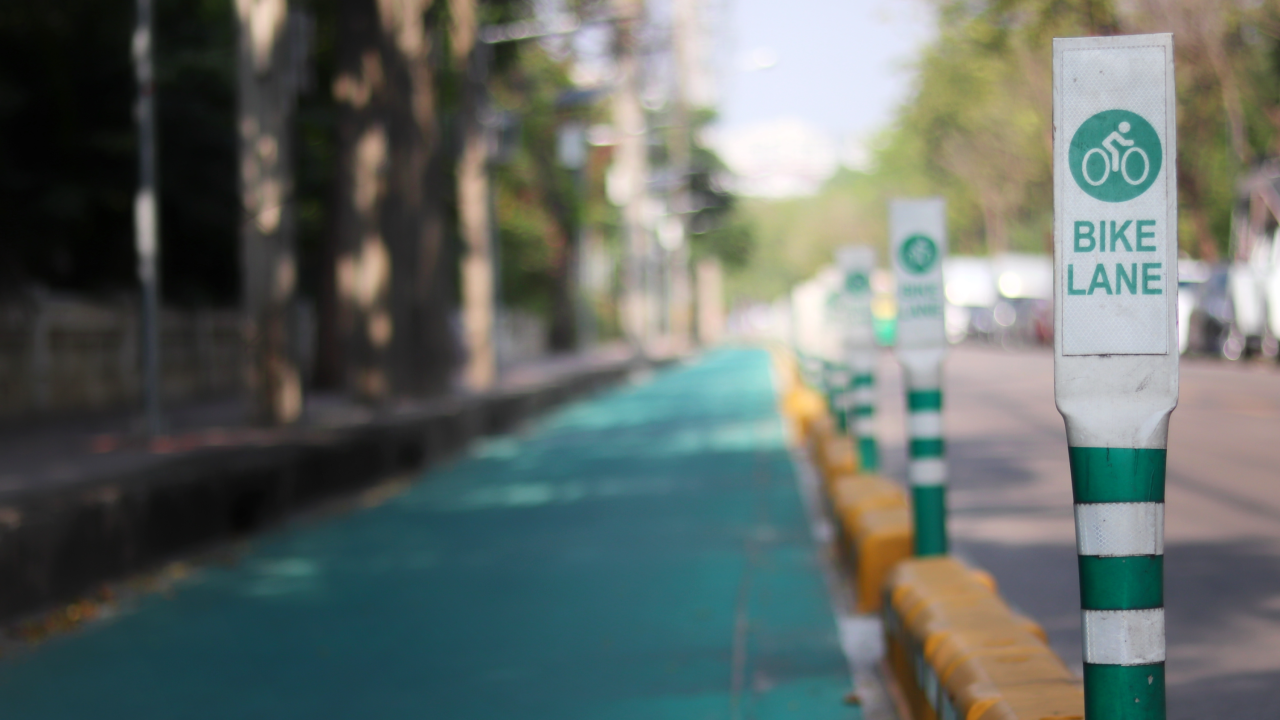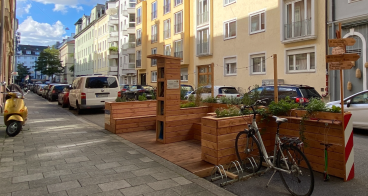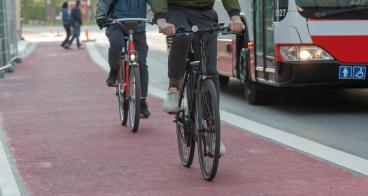Five ways to replace parking spaces in cities | Keynote by Lior Steinberg
Unlike politics or the economy, urban mobility is discussed rather calmly. In most cases, discussions about micromobility, transit, and self-driving cars don't result in aggression or anger. Except for one matter! A reflection by Lior Steinberg.
You can imagine two family members cutting ties over a political debate, but a discussion about a bike lane cannot have such dramatic consequences. Urban mobility is generally a relaxed topic to talk through. This is not the case when it comes to: Parking.
In fact, I believe that this is the most debated issue in every urban plan in cities. Many civil servants I worked with dread those moments they have to tell residents that parking spots need to be removed. To quote the economist Donald Shoup: “Thinking about parking seems to take place in the reptilian cortex, the most primitive part of the brain responsible for making snap judgments about flight-or-flight issues, such as how to avoid being eaten”.
But even if the parking reforms are so toxic, urbanists and decision-makers can’t ignore them. In fact, decisions about parking are incredibly important in every urban plan. They shape the way our streets are designed and how we move in cities. If we want to create streets that accommodate active and sustainable mobility, in many cases it means that we need to remove parking. Tough task, but an important one.
Proposing to eliminate parking spaces from an entire street can be too radical in some cities. It is sometimes better to start slowly, one parking space at a time, and get the citizens used to the gradual removal of on-street parking spots.
Here are 5 options to replace parking spaces in your city:
Parklets
Invented in San Francisco in 2005, a parklet is an extension of the sidewalk that provides more space and amenities for pedestrians. A parklet can replace one or several parking spaces and is usually the width of a parking space. Some amenities parklets can provide are seating, greenery, or bicycle parking.
Fietsvlonders (Dutch for "Bicycle Platforms")
The fietsvlonders were invented in the city of Rotterdam. These temporary platforms replace car parking with bicycle parking. The idea is easy: they are first placed for several months in a neighbourhood and then, if the residents, shop owners, and visitors are satisfied with them after the trial period, the Fietsvlonders are turned into permanent bicycle parking.
Streateries
These are a combination of parklets and restaurant terraces. They allow food establishments to have open outdoor seating instead of parking spaces along their shops. When sidewalks are too narrow, the streateries provide businesses an option for outdoor dining, without blocking the sidewalk.
Unlike the parklet, these seating places are not public, as they are intended for paying customers only. However, they might be a more useful and economically viable solution for a community: instead of one parking space, several people can support a local culinary establishment. In addition, some cities require businesses to keep the streateries open to the public when the business is not open.
Tiny playgrounds
Ready to make a real impact in your community and create streets that are more welcome to children and families? Then replace some parking space with a playground. If you walk around the city of Rotterdam, you might come across some tiny playgrounds along the streets. One can hardly imagine that each of these lovely places used to be 3-4 parking spaces.
People might protest that you remove parking spaces from a street, but if they see it’s used by children (and even better, their children), they change their mind. That’s exactly what happened to us when we replaced some twenty parking spaces in Tel Aviv and turned the area into a playground.
Bike lanes
One of the best ways to reduce car use is to provide drivers with alternative transportation options. If they’d be able to move around the city by walking, cycling, or using public transportation, they might be able to give up on their car. But for that, we need to provide them with great, safe, and comfortable infrastructure.
That’s why replacing parking spaces with bike lanes might be the perfect transportation solution. Indeed, it requires removing tens of parking spaces in a street, but it allows hundreds or thousands of people to move safely and sustainably. In addition, studies show that pedestrians and cyclists spend more than motorists in shops. In that sense, replacing parking spaces with bike lanes can prove to become popular and attractive among shop owners.
Parking plays a critical role in improving urban mobility. In many cases, removing some parking spaces can be an effective way to create space for more sustainable modes of transportation such as walking, biking, and public transit. Although this may be a controversial issue, it is important for urbanists and decision-makers to explore alternatives to on-street parking. I hope the examples inspire you to make a difference in your city. If you want more examples, download Humankind's flyer from the files section below!
By Lior Steinberg, Urban Planner at Humankind.
Lior Steinberg is an urban planner and co-founder of Humankind, a multidisciplinary collective accelerating the transition towards urban happiness for all. He helps cities to look beyond functionality and to plan urban spaces that make people smile. All the projects Lior participates in have one thing in common: they create people-oriented cities. Being a Jane Jacobs’ enthusiast and a fan of great public spaces, he is keen on making cities better with an emphasis on local, innovative interventions and on including residents in urban planning.
Published on 13 December, 2022.




